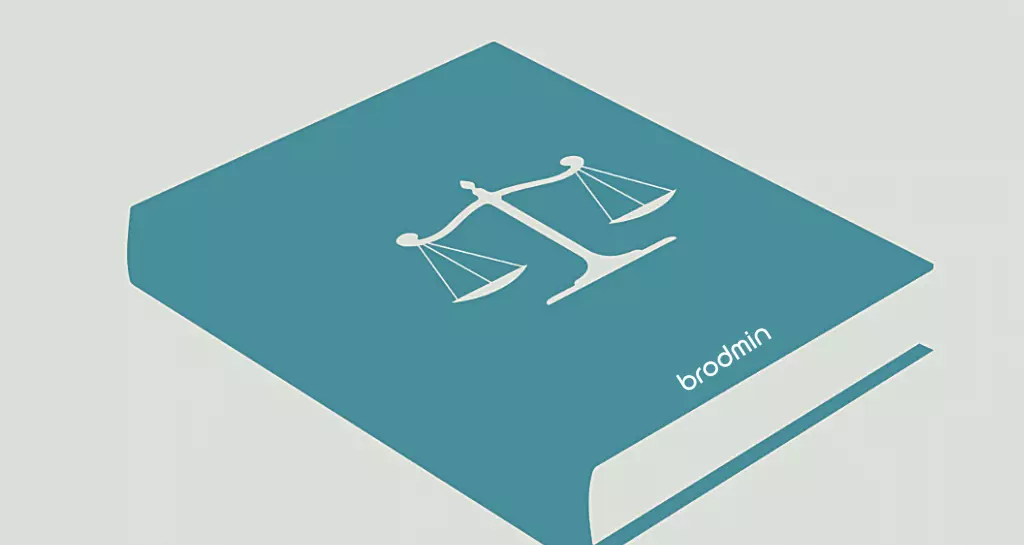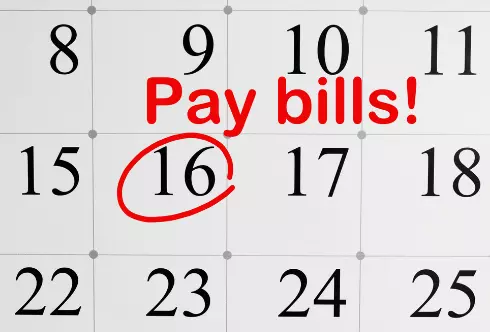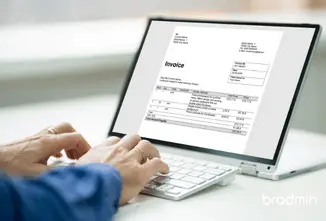It is frustrating when you must remind a client that they haven’t paid.
You are constantly trying to figure out how to get clients to pay on time.
A report by Xero about the State of Late Payments in 2019 shows that 28% of U.Ks small business owners struggle with cash flow management. [1]
The same study by Xerox shows that 26% of small businesses cannot make timely payments to suppliers due to being paid late.
Market Finance report shows that larger companies take longer to settle their invoices than the agreed terms. [2]
The late payment culture affects small businesses globally.
It disrupts cash flow adding to the stress that business owners already have.
But there are ways to cushion your business from late payments.
Below are ten strategies (plus bonus tips) on how to get clients to pay on time.
Here are more tips on how to get clients to pay on time
Nearly everyone pays eventually, but no one pays sooner than they have to. You can speed up the time it takes to receive your payments by adjusting a few small things.
| These small changes can help you put an end to all the back-and-forth: |
|---|
| Maintain great client communications |
| Make it easy for suppliers to pay you |
| Set clear expectations |
| Stick to a payment schedule |
| Invoice on time, every time |
| Invoice the right person |
| Add payment links directly to the invoice |
| Verify client’s creditworthiness |
| Ask for a deposit from new clients |
| Offer simple payment methods |
| Offer more payment options |
| Make use of direct debit payments |
| Offer recurring payment option |
| Automate your invoice process with software |
| Be sure to follow up on late invoices quickly |
| Send friendly reminders |
| Reduce the amount of confusing, missing, or ambiguous information in your invoice |
| Offer client rewards – or penalties with fees and interest on late payments |
| Include your late payment terms with each invoice |
| Transfer the client to a retainer contract |
| Establish clear and realistic time frames |
| Negotiate clear payment terms upfront |
| Shorten the payment terms from 30 days to 14 days |
Why do most large companies delay payments?
It seems that the main reason larger companies delay payments is for ‘cash flow benefits’. Some companies even have a policy of paying their suppliers as late as possible. The UK government is trying to crack down on late payment practices – so why do large companies still delay payments?
Here are just a few reasons why large companies delay payments:
- You may have sent the invoice to the wrong person, which leads to the delay.
- Administrative issues in which the payment process involves several departments.
- The impact of the covid-19 pandemic resulted in many large companies delaying payment [4].
- To benefit their cash flow.
When you’re discussing payment with your clients, ask them to clarify how payment will take place. Inquire who will make the payment to avoid back-end issues.
What can you do about late payments?
Resend the invoice; When a client is late with a payment, you can resend the invoice or send a simple follow-up to remind them that payment is due.
Stop working; If you haven’t sent them all the work, you can stop working until the client sends you feedback about the unpaid invoice. You can send them an invoice alerting them that you put all work on hold until you get paid for the previous invoices.
Give notice that you mean business; You can have your attorney send a letter. Legal threads depend on the amount in the invoice. If it’s a small amount, you may not need to send a letter threatening to proceed with the matter to court. But if it’s a significant amount, you may have to take legal action.
What you can do about late payments depends on your relationship with your client. If you have a long history with the client and this is the first time they’ve failed to pay, you may opt for a relaxed approach to handling the situation. If it’s a new client, you may want to utilize the ten steps mentioned here.
What if your client won’t pay?

Make a phone call to the client and try your best not to be angry.
If they don’t pick your call, you can send a letter. Ensure that you maintain professionalism and politeness in the letter. Try not to antagonize the client. Itemize all the services you’ve provided for the client, the cost for each service, and the steps you’ve made to reach out to them.
Collect part payments. If the client states that they will not pay the entire sum, you can try collecting a portion of it. You’re better off getting something than nothing.
Consider legal action. When you realise that the client won’t pay, you can take legal action.
A letter from your lawyer should be enough to convince the client to pay up. It doesn’t benefit either party if the case ends up in court. This approach works if your customer has a means of paying but has not yet paid.
Alternatively, you can hire a collection agency.
You will have to pay a small sum to the collection agent, which is usually around 25% to 40% of the total.
You can file the case in a small claims court. [5]
Should you choose this route, you should know that if the client fails to pay because they have no money, then no amount of verdict in your favour will get the client to pay you.
Debt collection in a small claims court doesn’t require a lawyer. When the debt is a considerable sum, the court will hear it, but they may propose that you take the case to court. In court, you’ll require a lawyer to help you with the matter.
It would help if you considered the pros and cons involved in taking the case to court.
Do you have any strategies to encourage timely payments in your business?
Please let us know your thoughts in the comments.





![Apology letter for late payment to supplier [with examples] 5 apology letter for late payment to supplier](https://brodmin.com/wp-content/uploads/2021/09/apology-letter-for-late-payment-to-supplier.webp)
![Invoice payment terms - UK edition 2022 [+ Net calculator] 6 Invoice Payment Terms UK Edition 2021](https://brodmin.com/wp-content/uploads/2021/09/Invoice-Payment-Terms-UK-Edition-2021.webp)





